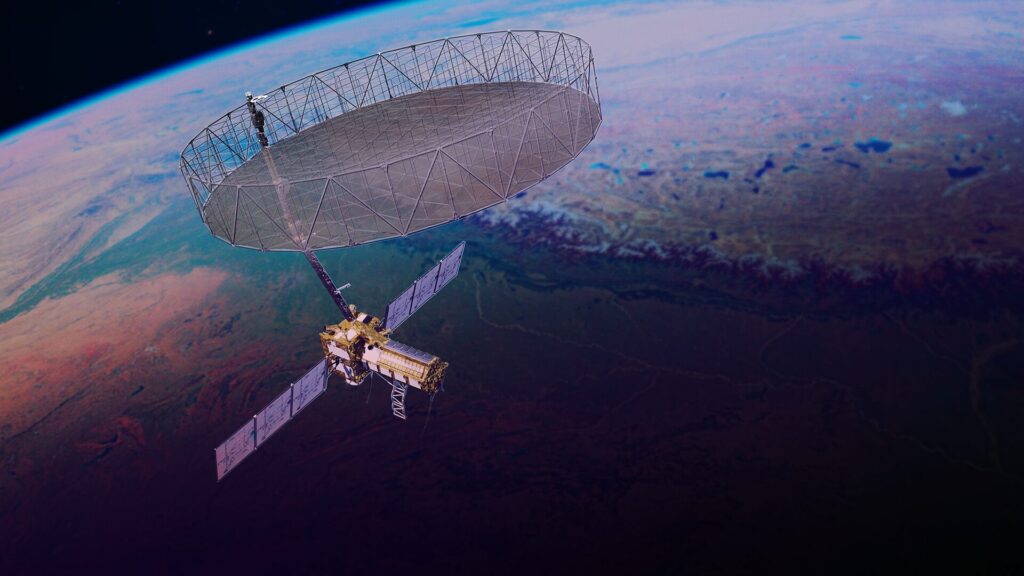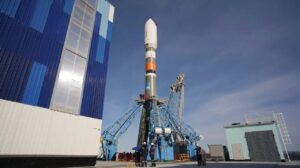The joint NASA-ISRO mission NISAR has moved past its initial live deployment phase and is now ready to begin operations. Launched on July 30, 2025, aboard an ISRO GSLV rocket, the Synthetic Aperture Radar satellite now stands fully commissioned following the successful deployment of its giant radar reflector. (Wikipedia – NISAR mission details)
Commissioning in Orbit
After launch, NISAR’s radar reflector extended from its folded, stowed position. This unfold happened in two stages first the 9-meter booms, then the 12-meter radar reflector. By around August 13, all deployment steps completed successfully and the satellite has begun its sensor calibration. With this major milestone behind it, NISAR is preparing for its expected five-year operational mission. (Wikipedia – NISAR deployment sequence)
Why Dual-Frequency Radar Matters
NISAR stands out with its use of two radar bands L-band and S-band which let it see through vegetation, soils, and ice to detect changes in Earth’s surface. This enables monitoring of glacial movement, forest carbon changes, soil moisture, and even ice sheet shifts. NISAR’s capacity could make a tangible difference in climate models and natural disaster preparedness.
Operating Timeline and Science Goals
The satellite is entering its “checkout phase,” which includes system checks and test scans. By Fall 2025, it’s expected to start its full science mission. Over the next five years, NISAR will build time-lapse 3D maps of Earth’s changing landscapes. Data sharing with scientists worldwide is already in planning. Results may inform early warnings for floods or landslides, while also improving long-term climate projections.
What It Means for Indo-US Collaboration
NISAR is a clear milestone in India’s growing role in space-based Earth observation. It builds on recent advances like ISRO’s launch of a 6,500-kg U.S. satellite collaboration. The shared radar mission pushes forward scientific capacity and serves as a model for technology partnerships between NASA and ISRO. Moving forward, this can benefit not just space science, but agriculture, water management, and disaster monitoring in weather-vulnerable regions.
Why I’m Excited
I’ve followed Earth observation missions closely and NISAR feels especially meaningful. Building environmental data during real-time global shifts delivers fresh insights about ecosystems and human impacts. This isn’t just a tech win it’s data that empowers policymakers, communities, and climate resilience worldwide. Now that NISAR stands fully commissioned, its value starts multiplying.




